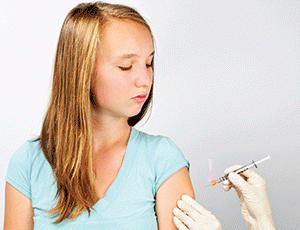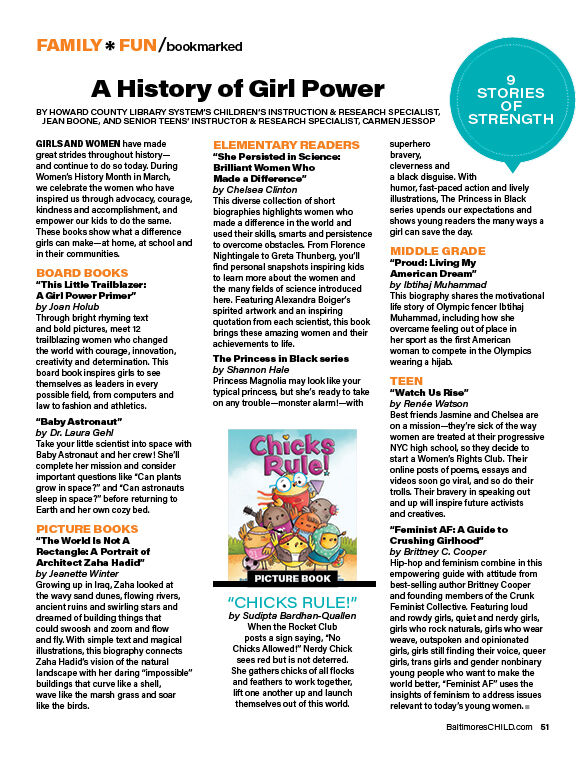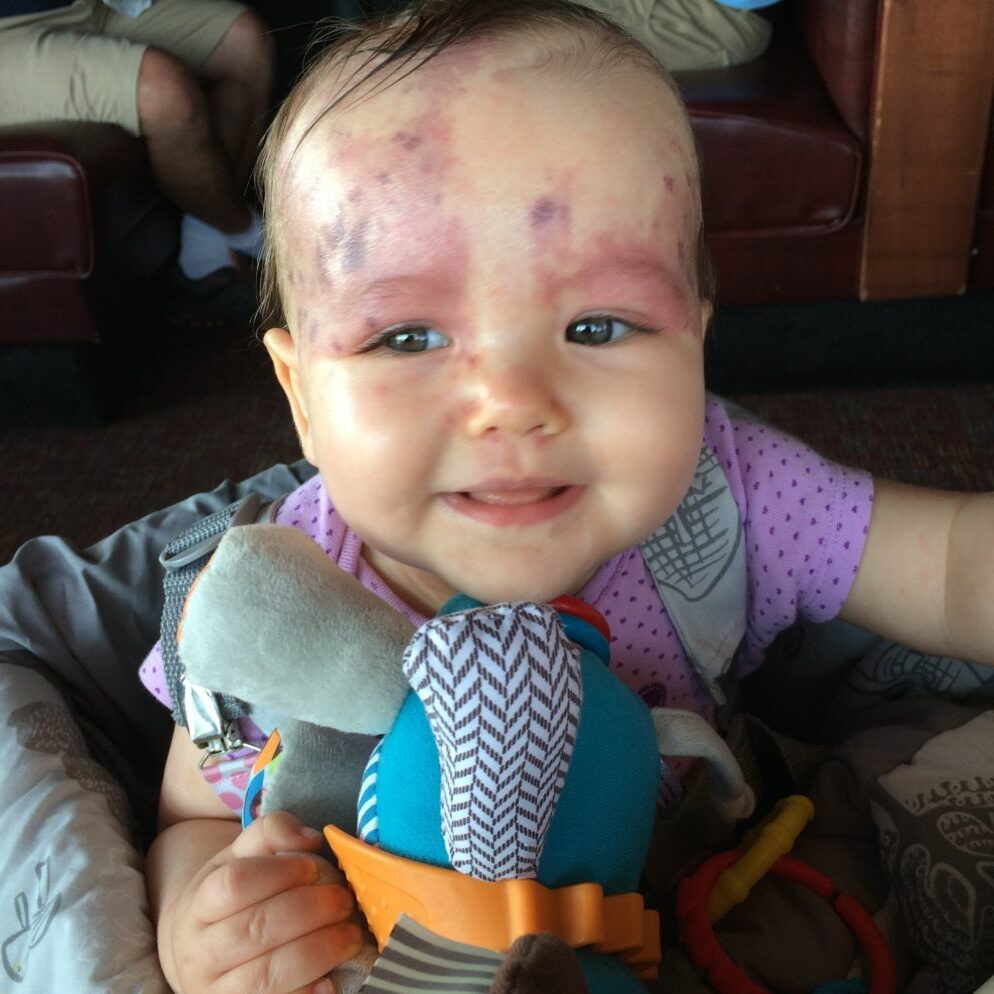 Vaccinations have long been used to minimize the risk of developing specific viruses. More recently, researchers have begun focusing on developing vaccines to prevent cancer. The HPV vaccine, approved by the Food and Drug Administration about a decade ago, is one such exciting development that has resulted from these efforts.
Vaccinations have long been used to minimize the risk of developing specific viruses. More recently, researchers have begun focusing on developing vaccines to prevent cancer. The HPV vaccine, approved by the Food and Drug Administration about a decade ago, is one such exciting development that has resulted from these efforts.
The HPV vaccine protects recipients from the human papillomavirus (HPV), which can cause several types of cancers (cervical, throat, mouth and others). HPV, contracted by intimate skin-to-skin contact, infects about 80 million people in the U.S.—14 million of them teens.
In response, the Centers for Disease Control and Prevention (CDC) recommends that patients get the HPV vaccine at age 11 or 12. But to date, HPV vaccination rates remain fairly low; only 41.9 percent of girls and 28.1 percent of boys in the U.S. complete the recommended HPV vaccine series, according to the CDC. To learn more, we talked with local oncology expert Kevin J. Cullen, MD, director of the University of Maryland Marlene and Stewart Greenebaum Comprehensive Cancer Center. He discusses the link between HPV and certain cancers, the current HPV vaccination rates in the U.S. and why he’s a firm advocate for the vaccine.
How common are cancers caused by HPV?
In the U.S., almost 40,000 cases of cancer associated with HPV are being diagnosed each year.
Given these numbers, one would think that the public would be lining up to get the vaccine. But the rates of immunization are not where experts would like them to be, correct?
Absolutely. In the U.S., somewhere in the range of 40 percent of girls and 30 percent of boys are being vaccinated. In other parts of [the developed] world, the rate of vaccination is around 85 percent. While the rates are improving, they’re not where we need them to be.
What’s preventing the rates from being higher?
In part, it’s a reluctance of health care providers to discuss the importance of this vaccine with parents and caregivers. There’s been some resistance because this virus is usually transmitted through sexual contact, which has created somewhat of a stigma. In point of fact, almost everybody who is sexually active is exposed to the virus at some point in their lives.
What about accessibility to the vaccine; is that hampering vaccine rates?
In Maryland, fortunately, the vaccine is pretty accessible. If someone doesn’t have insurance, they can get it through the state. It’s a question of getting the word out, making it a routine vaccine.
Are there any concerns or side effects of the vaccine?
The only complication reported to date is minor discomfort at the time and site of injection. The vaccine is extremely safe.
What else would you like parents to know about the vaccine and why they should make sure their adolescents get it?
People often associate HPV with cervical cancer in women, but we’re seeing an epidemic of HPV-linked cancers associated with the throat, as well genital cancers, in men. Within the next 15 years, there will be four times as many HPV-associated cancers in men as there are among women. Parents and health care providers haven’t paid as much attention to these statistics. But boys these days are at higher risk.
I treat these patients. We have to put them through miserable treatment to get them past it. The notion that we could have completely prevented the cancer with two injections is astounding. This vaccine is starting to have a great impact. We really need to make sure every boy and girl gets it. BC
Note: The interview has been edited for length.








